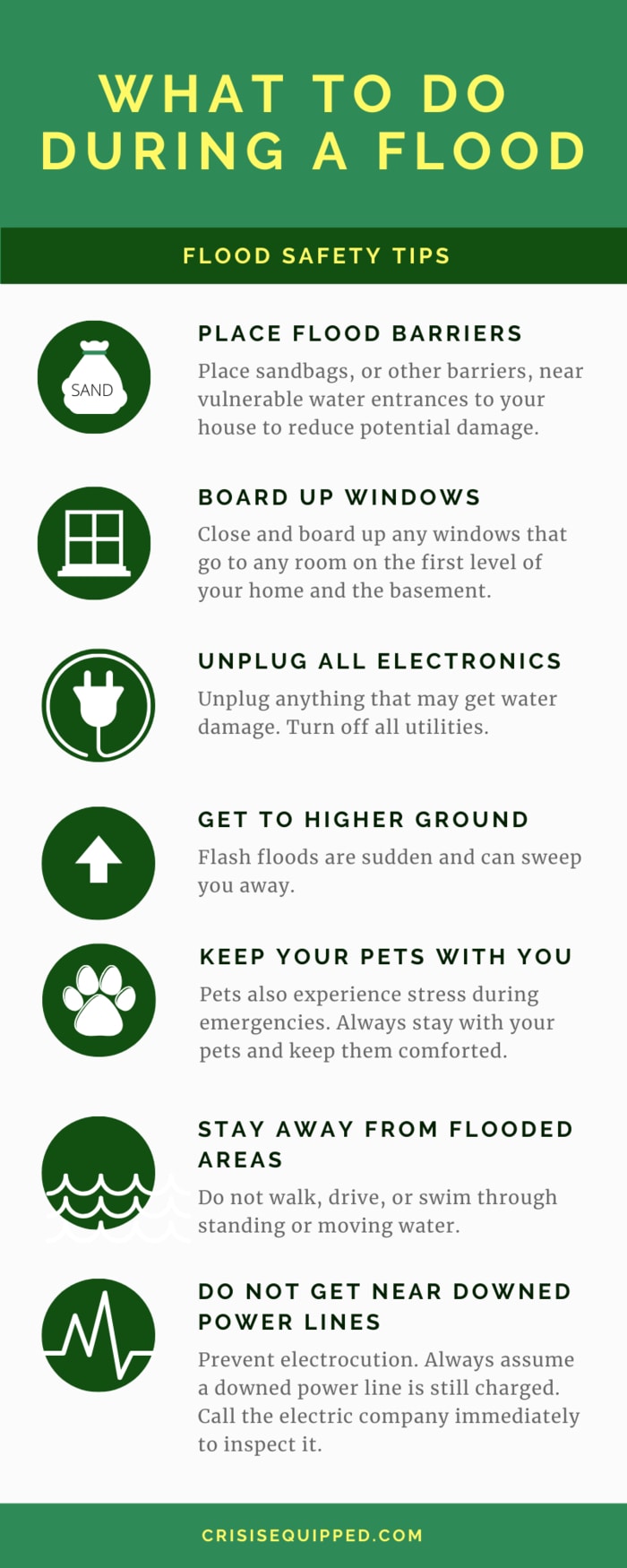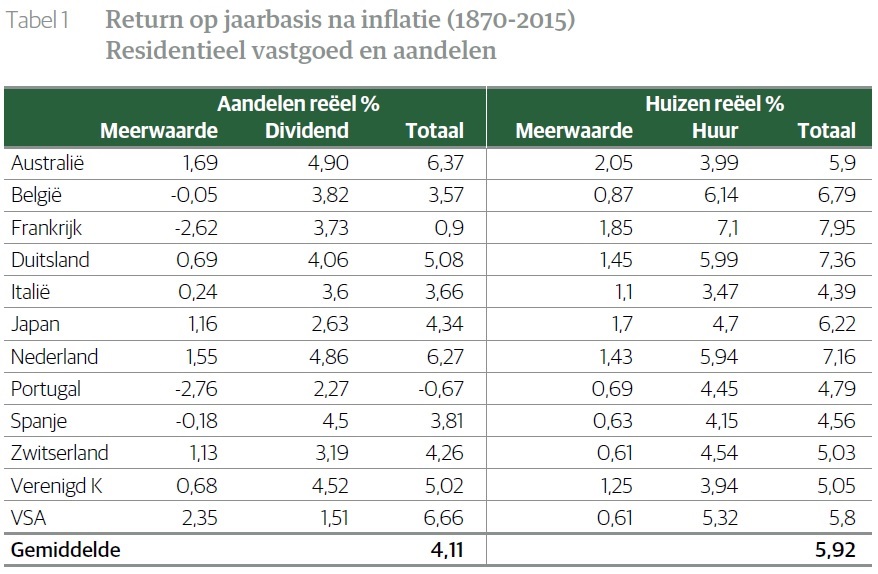Flood Alerts: A Comprehensive Guide To Safety And Preparedness

Table of Contents
Understanding Flood Alerts and Warning Systems
Effective flood preparedness starts with understanding the different types of alerts and how they are issued. Various agencies utilize different terms, so grasping the nuances is vital for appropriate action.
- Flood Watch: Conditions are favorable for flooding. Be prepared to take action if necessary.
- Flood Warning: Flooding is occurring or is imminent. Take action immediately.
- Flood Advisory: Flooding is possible in certain areas. Stay informed and be cautious.
The primary sources of flood alerts are typically the National Weather Service (NWS) and local authorities. These alerts are disseminated through a variety of channels:
- Weather Apps: Download reputable weather apps that provide real-time alerts.
- Radio and Television: Stay tuned to local news broadcasts for updates.
- Emergency Alerts: Sign up for emergency alerts via your local government website or apps like FEMA's.
- Sirens: Be aware of local siren systems.
Understanding the specific language used in flood alerts is crucial. Pay attention to the area affected, the severity of the threat, and the recommended actions.
Creating a Flood Preparedness Plan
Proactive planning is paramount in mitigating the impact of floods. Don't wait for a flood warning; prepare in advance.
Before a Flood:
- Emergency Kit: Assemble a kit including water (one gallon per person per day for several days), non-perishable food, first-aid supplies, medications, important documents (copies in a waterproof bag), flashlights, batteries, and a whistle.
- Evacuation Plan: Develop a clear evacuation plan, identifying multiple safe routes and designated meeting points. Know where your nearest shelters are located.
- Home Protection: Elevate electrical appliances, move valuable items to higher ground, and consider flood-proofing your home by installing flood barriers or elevating the foundation.
- Flood Insurance: Purchase flood insurance, understanding that standard homeowner's insurance typically does not cover flood damage.
Family Communication Plan: Designate an out-of-state contact person who can serve as a central point of contact for family members during the emergency.
Staying Safe During a Flood
When a flood warning is issued, immediate action is crucial.
- Evacuate: If instructed to evacuate, do so immediately. Do not attempt to drive through flooded areas.
- Seek Higher Ground: If evacuation isn't possible, move to higher ground within your home.
- Avoid Floodwaters: Floodwaters are extremely dangerous. They can be contaminated with sewage, chemicals, and debris, and strong currents can easily sweep you away. Never walk, swim, or drive through them.
- Stay Informed: Continuously monitor news reports and official updates for the latest information.
Safety Precautions: Turn off utilities if instructed by authorities or if there is a threat of electrical hazards. Be aware of downed power lines and avoid contact with them at all costs.
Recovering After a Flood
Post-flood safety is crucial; the dangers don't disappear when the water recedes.
- Assess Damage Carefully: Once it's safe to return, carefully assess damage to your home, avoiding contact with standing water.
- Contact Insurance: File a claim with your insurance company as soon as possible, documenting damages with photos and videos.
- Seek Assistance: Contact FEMA or other disaster relief organizations for assistance.
Financial Resources: Explore available government assistance programs and charitable organizations that offer financial aid to flood victims.
Conclusion
Understanding and responding effectively to flood alerts is paramount for safeguarding lives and minimizing property damage. By developing a comprehensive flood preparedness plan, including an emergency kit and evacuation strategy, you greatly reduce your vulnerability to the devastating effects of flooding. Don't wait for a flood alert to act – prepare now! Stay informed, stay safe, and create your flood preparedness plan today.
For additional resources and information, visit the National Weather Service ([link to NWS website]) and FEMA ([link to FEMA website]).

Featured Posts
-
 Voorspelling Toekomst Van Europese Aandelen Versus Wall Street
May 25, 2025
Voorspelling Toekomst Van Europese Aandelen Versus Wall Street
May 25, 2025 -
 Evidence Of Cremation From A Sixth Century Vessel Unearthed At Sutton Hoo
May 25, 2025
Evidence Of Cremation From A Sixth Century Vessel Unearthed At Sutton Hoo
May 25, 2025 -
 High Speed Refueling Police Pursuit Ends With Text Messages At 90mph
May 25, 2025
High Speed Refueling Police Pursuit Ends With Text Messages At 90mph
May 25, 2025 -
 Alternative Delivery Services Gaining Traction Amidst Canada Post Challenges
May 25, 2025
Alternative Delivery Services Gaining Traction Amidst Canada Post Challenges
May 25, 2025 -
 Former French Premier Challenges Macrons Approach
May 25, 2025
Former French Premier Challenges Macrons Approach
May 25, 2025
Latest Posts
-
 Madrid Open Results De Minaurs Straight Sets Loss And Swiateks Victory Over Keys
May 25, 2025
Madrid Open Results De Minaurs Straight Sets Loss And Swiateks Victory Over Keys
May 25, 2025 -
 Swiatek Wins In Madrid De Minaur Falls In Straight Sets
May 25, 2025
Swiatek Wins In Madrid De Minaur Falls In Straight Sets
May 25, 2025 -
 De Minaur Out Of Madrid Open After Straight Sets Loss Swiatek Triumphs Over Keys
May 25, 2025
De Minaur Out Of Madrid Open After Straight Sets Loss Swiatek Triumphs Over Keys
May 25, 2025 -
 Alex De Minaurs Madrid Open Exit Straight Sets Defeat And Swiateks Victory
May 25, 2025
Alex De Minaurs Madrid Open Exit Straight Sets Defeat And Swiateks Victory
May 25, 2025 -
 Ealas Historic Grand Slam Appearance In Paris
May 25, 2025
Ealas Historic Grand Slam Appearance In Paris
May 25, 2025
